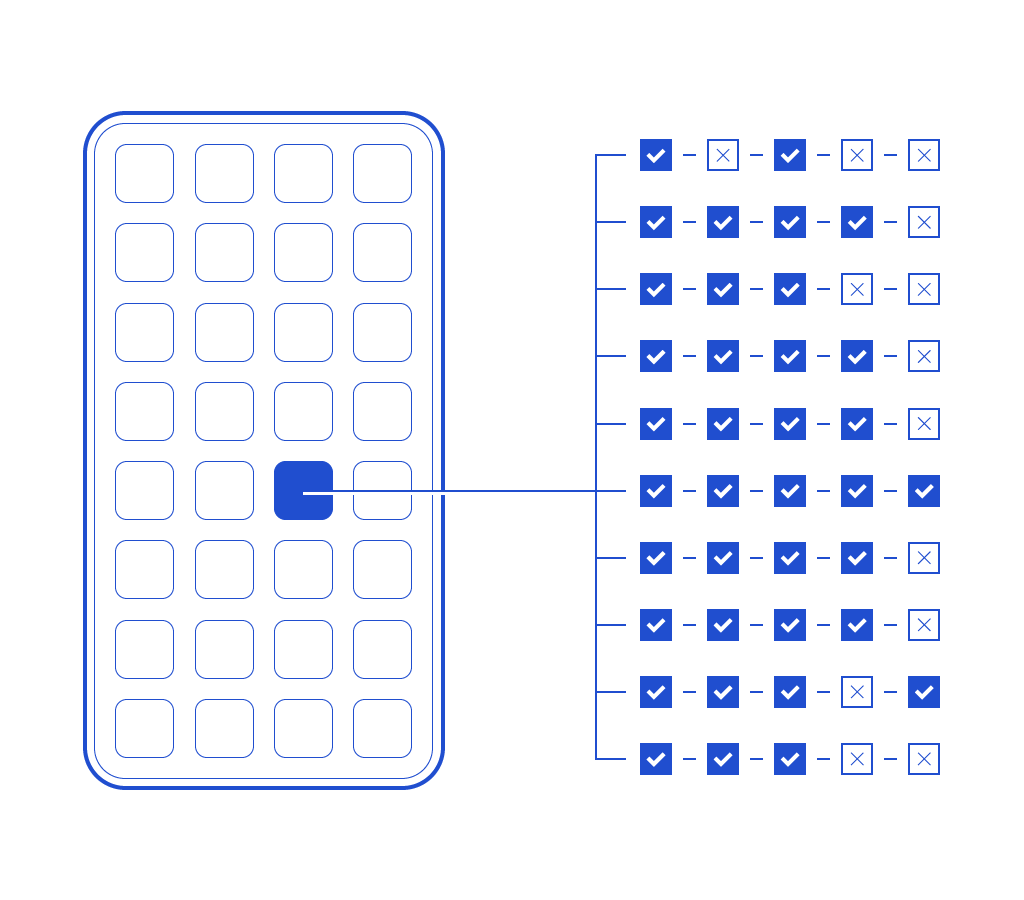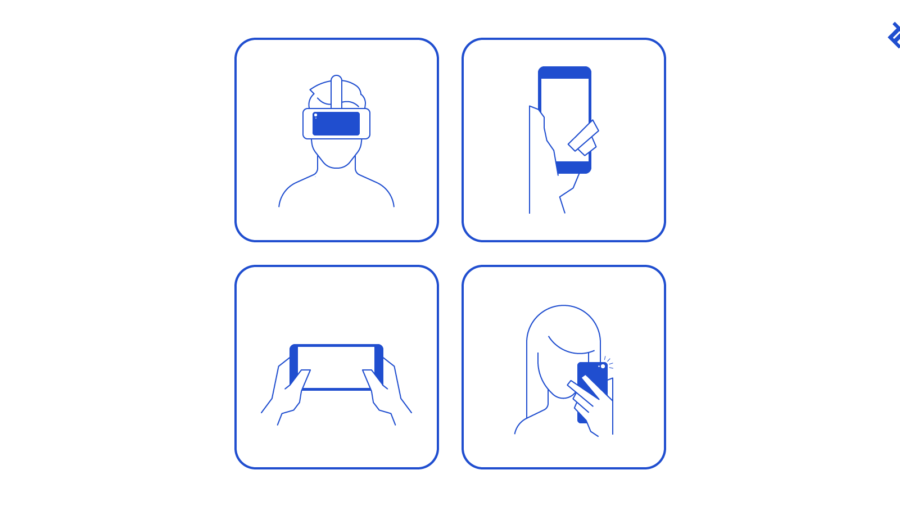
Why Mobile App Design Matters
A mobile app is one of the best ways to connect with customers and boost your business. But if the design is confusing, slow, or frustrating, users will uninstall it in seconds. In fact, 80% of users delete an app if they find it hard to use (TechJury). A poorly designed app can lead to lost revenue, negative reviews, and wasted development costs.
Common Mobile App Design Mistakes
1. Complicated User Interface
A cluttered, confusing layout can frustrate users. 88% of users are less likely to return to an app after a bad experience (Google UX Report). Simple and clean designs improve engagement and make navigation easier.
2. Slow Loading Time
Users expect apps to be fast. 53% of users abandon an app if it takes longer than three seconds to load (Google PageSpeed Insights). Optimizing images, reducing unnecessary features, and using efficient coding practices can improve speed.
3. Ignoring Mobile Responsiveness
An app that doesn’t work well on different screen sizes will frustrate users. More than 70% of app users prefer a seamless experience across devices (Statista). Make sure your app looks great and functions well on all screen sizes.
4. No Clear Call to Action
If users don’t know what to do next, they will leave. A well-placed call to action (like “Sign Up Now” or “Shop the Sale”) guides users toward taking the next step and increasing engagement.
5. Overloading with Features
Too many features can make an app confusing and slow. 60% of users prefer apps with fewer but more useful features (TechCrunch). Focus on what matters most to your audience.
Real-Life Examples of Mobile App Design Fails
Example 1: Snapchat’s Redesign Disaster
In 2018, Snapchat launched a redesign that made navigation confusing. Users hated it so much that over 1.2 million people signed a petition to bring the old design back (BBC News). The backlash forced Snapchat to reverse some of its changes, proving that a bad design can cost users.
Example 2: Walmart’s App Struggles
Walmart’s early mobile app had slow loading times and a confusing checkout process, leading to a drop in online sales. After simplifying navigation and speeding up transactions, Walmart saw a 20% increase in mobile purchases (Forbes).
Mobile App Design Explained Like You’re 5
Imagine you have a toy box, but it’s messy. If your favorite toy is hidden under a pile of other toys, you might give up looking for it. Now, imagine a toy box with neat sections where everything is easy to find. That’s what a well-designed app does – it makes everything simple and easy to use.
How to Avoid These Mistakes
Keep the design clean and simple
Optimize loading speeds
Ensure a responsive design for all screen sizes
Make calls to action clear and easy to find
Focus on essential features instead of adding too many extras
A great mobile app isn’t just about looks; it’s about creating a smooth and enjoyable experience for users. By avoiding these mistakes, you can build an app that keeps users engaged and helps grow your business.


